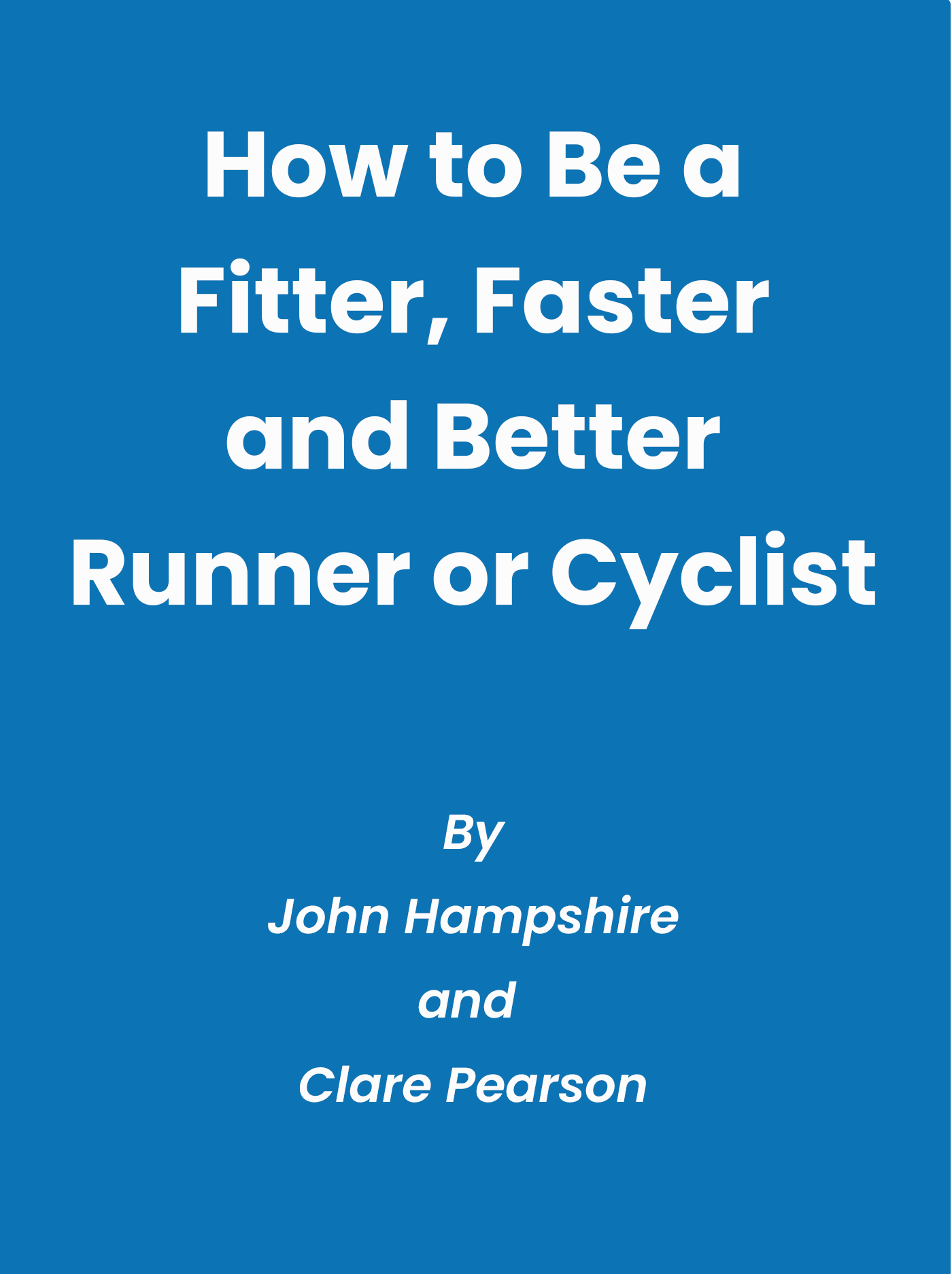Strategies for Cycling Ultra Distances in Hot Weather

Extreme weather can present an additional challenge to your ultra endurance cycling event. As the weather warms up in the Northern Hemisphere we thought we would share some strategies that have helped our athletes deal with the heat during their event.
Heat Adaptation
If you know your event is going to be in the heat then it's a good idea to try and adapt to cycling in the heat before. This generally takes about two weeks. As you train in the heat and get used the feeling, your body will also adapt by increasing sweat rate and blood volume.
Start with short easy workouts and then once your body is responding more normally to these you can introduce harder workouts.
If you can’t do warm weather training/be at the event early try to emulate the conditions at home (indoor training, training in the heat of the day). Some athletes also spend time in a sauna/steam room outside of training to help them adapt.
During your event
If you are not well heat adapted or just don't cope well in the heat it's a good idea to adapt your event strategy to the conditions. This will mean slowing down, at least until you have adapted.
Protecting your body from the harmful rays of the sun will help keep you safe in the long and short term. So covering exposed areas like arms, head, hands and legs with sun protection and appropriate clothing is key.
In addition cooling strategies that work well during an event include:
- Keeping hydrated to maintain blood volume and compensate for sweat loss. The hotter it is and the more you sweat the more you will need to drink.
- Water dousing intermittently with cool but not ice cold water if this is possible.
- Eating and drinking cold things - e.g. slushies, ice creams, iced lollies can help if you have access to them
- You may want to consider timing longer rests for the hottest parts of the day and getting out of the sun to somewhere cooler
- Sunglasses not only protect your eyes from the sun's glare but have been reported to make athletes feel cooler
- Focussing on getting cool during your stops whenever you choose to take them will help; air conditioned spaces to eat and/or sleep.
Eating
Because of the way heat affects our bodies it can make it harder for us to eat; but we do need to keep trying to get the calories in. Eating when it's cooler and 'stocking up' at these times can help offset any calorie deficit during the hotter parts of your ride.
Finding foods that digest more easily and that you can manage even when it's hot can also help keep the calories going in; these tend to be more gelatinous, less solid foods like yoghurts, creams, ice creams and jellies.
If you are dehydrated your body will also struggle to digest food so keeping well hydrated will not only help your body manage your core temperature but enable you to keep eating as you need.
Danger signs
Our bodies are amazingly good at keeping the core temperature within a very small and optimum range. If the body can no longer do this things will start to break down and you will need to stop and recover and/or seek medical attention.
Signs to look out for are:
- If you have not had a wee in over 5 hours
- You stop sweating
- Your heart rate becomes very rapid
- You feel sick
- You start to feel dizzy
- Unusual muscle weakness and cramps
- Vomiting
- Shallow breathing
- Confusion and/or disorientation
- Feeling feverish (you suddenly feel unusually cold even though it's still hot).
Subscribe to our blog
Please share with your friends
Other articles you might like
May 31, 2024

Comments